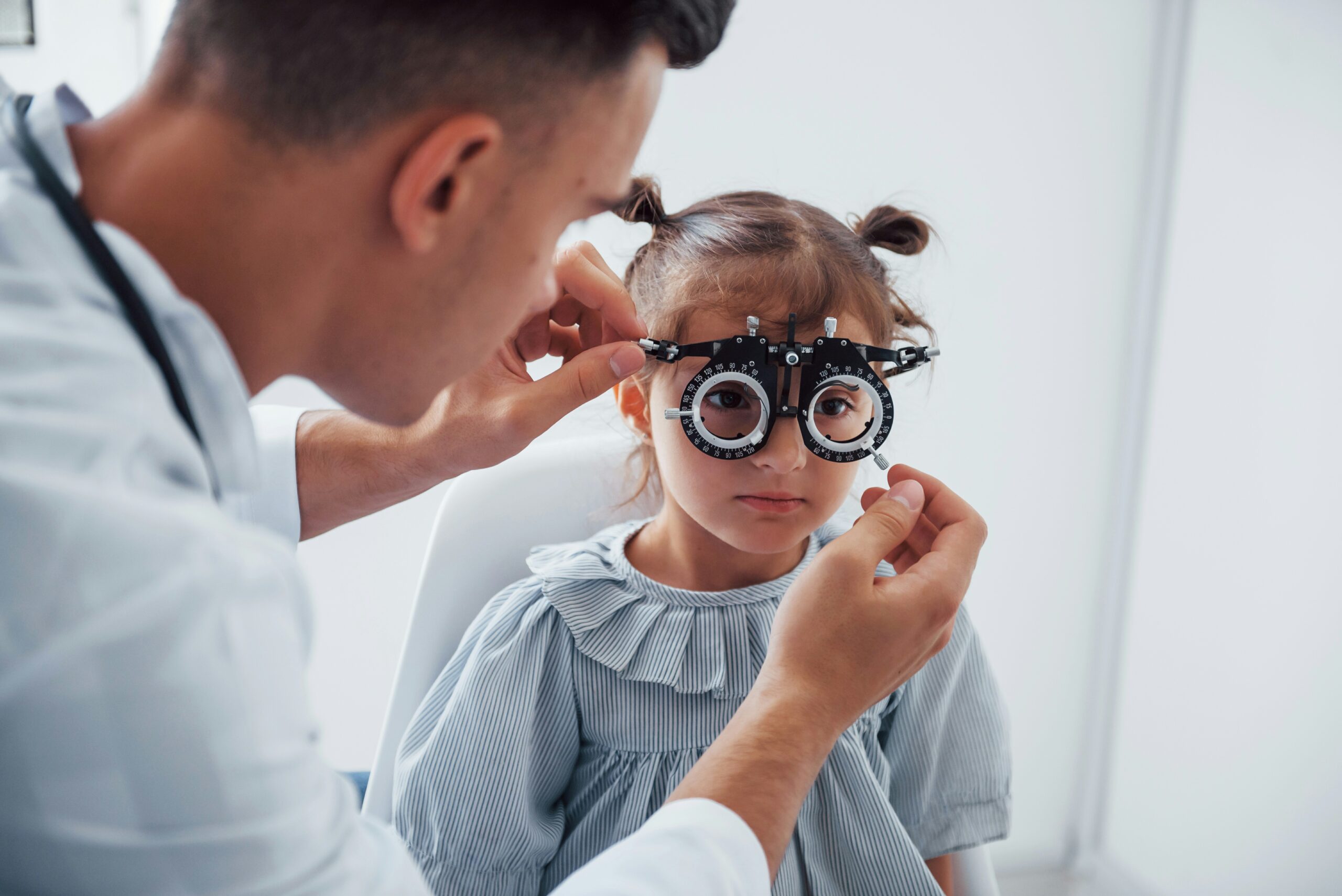
Eyewear has long been a vital part of daily life for millions, serving both functional and fashion purposes. However, the industry is transforming significantly due to technological innovation, changing consumer preferences, and evolving healthcare needs. As the market grows and diversifies, new trends and technologies shape how eyewear is designed, manufactured, sold, and used. This article explores the key developments influencing the future of eye care and eyewear businesses.
Digital Transformation in Eyewear Retail
The eyewear retail sector has experienced a remarkable shift thanks to digital technology. Many consumers now expect seamless online shopping experiences combined with personalized services. Virtual try-on tools have become increasingly popular, allowing customers to see how frames look on their faces using augmented reality (AR) before purchasing. This technology not only enhances convenience but also reduces the rate of returns, benefiting both buyers and sellers. Moreover, online platforms leverage artificial intelligence (AI) to recommend eyewear styles based on individual preferences and facial features, elevating the customization experience.
Furthermore, tele-optometry is gaining traction, providing remote eye exams and consultations through digital devices. This approach broadens eye care access, especially for rural or underserved people. By integrating telehealth with e-commerce, eyewear businesses can offer comprehensive services from prescription testing to frame selection without requiring physical visits. Consequently, digital transformation enables eyewear companies to meet modern consumer expectations while expanding their market reach.
Innovations in Lens and Frame Technology
On the product front, lens and frame technology advancements are revolutionizing the eyewear experience. Smart lenses with built-in sensors and augmented reality displays are emerging, enabling users to access information or navigate their environment without additional devices. These smart glasses can monitor health metrics such as UV exposure, provide real-time translation, or assist with vision correction more dynamically. As these technologies become more affordable and practical, they hold the potential to redefine eyewear as a multifunctional tool rather than just a vision aid.
Additionally, materials science contributes to more durable, lightweight, and eco-friendly frames. Innovations include biodegradable plastics and recycled metals, appealing to environmentally conscious consumers. 3D printing in manufacturing allows for rapid prototyping and customization, lowering production costs and shortening delivery times. These technologies enable brands to respond swiftly to trends and individual demands, fostering greater customer satisfaction and loyalty.
Changing Consumer Preferences and Market Dynamics
Consumer preferences in eyewear are evolving, influenced by broader cultural shifts and increased awareness of eye health. Younger generations, especially Millennials and Gen Z, prioritize sustainability, unique designs, and brand values when choosing eyewear. They are more likely to support companies with environmental responsibility and social impact. As a result, eyewear brands are incorporating ethical sourcing, transparent manufacturing processes, and community engagement into their business models to attract and retain these consumers.
Moreover, the rise of fashion as a form of self-expression has elevated eyewear to a key accessory. Limited edition collections, collaborations with designers, and influencer marketing drive demand for statement pieces. This shift opens new revenue streams for companies that blend style with function successfully. At the same time, the global aging population increases the demand for corrective lenses and specialty eyewear, such as blue light blockers for digital device users. Therefore, the market dynamics are becoming more complex but also offer opportunities for growth across diverse customer segments.
Regulatory and Healthcare Integration
The eyewear industry is increasingly intersecting with healthcare regulations and policies. As vision care becomes recognized as essential to overall health, governments and insurers are incorporating eye exams and eyewear coverage into healthcare plans. This integration promotes early detection and treatment of vision problems, reducing long-term costs and improving quality of life. For businesses, complying with evolving regulations requires investment in certified labs, quality assurance, and data privacy, particularly when dealing with personal health information.
Furthermore, partnerships between eyewear companies, optometrists, and healthcare providers are becoming more common. These collaborations facilitate streamlined patient experiences and foster trust in brand reputation. Companies that can effectively navigate regulatory environments and integrate healthcare expertise will likely dominate the market. In addition, data collected through smart eyewear and tele-optometry can drive personalized treatment plans and enhance preventative care, signaling a more proactive approach to eye health management.
Sustainability and Ethical Practices
Sustainability has become a crucial theme shaping the future of eyewear. Consumers and stakeholders demand that companies minimize environmental impact throughout the product lifecycle. This includes using recycled or renewable materials, reducing waste in manufacturing, and promoting recycling or take-back programs for used eyewear. Brands adopting circular economy principles reduce their carbon footprint and strengthen customer loyalty by aligning with growing ethical consumerism.
Ethical labor practices are also under scrutiny. Transparency in supply chains ensures that workers receive fair wages and safe working conditions, which is increasingly important to socially conscious buyers. Additionally, some companies are adopting social entrepreneurship models, such as donating eyewear to needy communities or partnering with nonprofits to improve global vision care access. These initiatives build brand value and contribute to positive social impact, making sustainability and ethics key drivers of competitive advantage.
The eyewear business is evolving rapidly due to digital innovation, changing consumer demands, and heightened health awareness. Retail is becoming more personalized and accessible through technology, while product innovation redefines what eyewear can do. At the same time, sustainability and ethics are becoming central to brand identity and consumer choice. Companies that embrace these trends and navigate regulatory complexities will position themselves well for future growth. Ultimately, the future of eye care lies in combining advanced technologies with responsible business practices to meet the diverse needs of a global population.